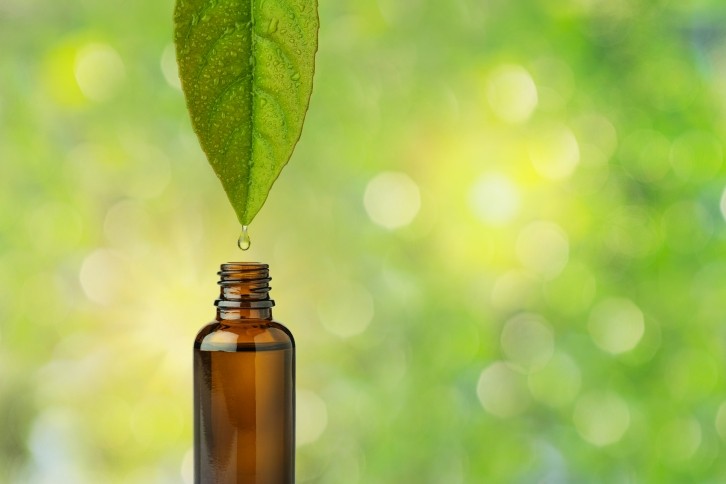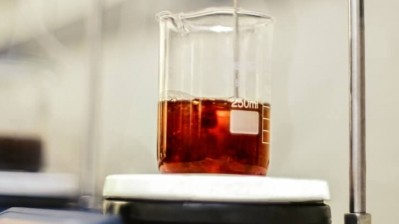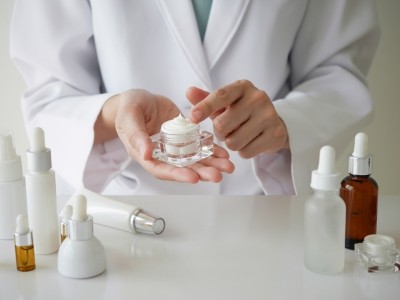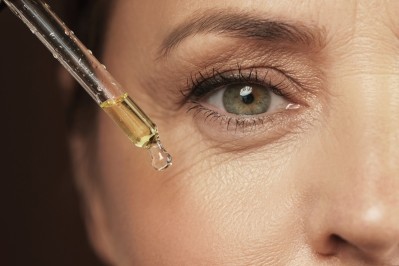What you need to know about plant milking for cosmetic ingredients

This innovative and sustainable plant cultivation method has even been highlighted as one of WGSN’s beauty trends for 2024.
The process allows unusual plant species to be explored. It also allows access to difficult-to-reach plant parts and rare compounds, all while still preserving biodiversity.
The plant milking is done in a highly controlled environment that stimulates the plants to produce targeted molecules in higher quantities and the end ingredients are more concentrated than in a “natural” environment.
One major benefit is eco-friendliness – as there is biocontrol, it uses recycled water, and few plant resources are required. The plants aren’t destroyed during harvest, the plant capacities are optimised, plus it gives traceability from the seed to the end ingredient.
We spoke to Marketing Specialist at Clariant Actives & Natural Origins Amandine Werle to learn more about how the cosmetics ingredients producer is using this technology in its active ingredients.
Cosmetics Design Europe: What is plant milking and how can it be used to produce extracts for cosmetic products?
Amandine Werle: Plant milking technology, which was developed by a French biotech company Plant Advanced Technologies, consists of cultivating plants in aeroponic conditions, meaning the roots grow in the air and not in the soil (soilless conditions), which makes them directly accessible for stimulations. By spraying on these roots solutions with specific nutrient compositions, it is possible to stimulate the production of secondary metabolites that can be of interest for the cosmetic industry. Thanks to this technique, it is possible to produce innovative extracts based on molecules that can’t be found on the aerial parts of the plants.
The plants used for plant milking grow in greenhouses, from selected seeds and the process in 100% traceable and controlled. This process is non-destructive for the plant – as to produce an extract, a part of the plant’s roots are cut and the plant goes back to cultivation, to make new roots and be used for several cycles of production. Also, the production is local and the water used is recycled to reduce its consumption. All this contributes to making this type of production eco-responsible.
CDE: How is Clariant using this process to create plant-based beauty ingredients?
AW: Clariant uses the process of Plant Milking to produce active ingredients based on rare molecules whose production would not be economically viable if produced by standard culture process.
We work in partnership with Plant Advanced Technologies (PAT) to design these beauty ingredients. PAT analyses the composition of roots from selected plants cultivated in aeroponic conditions. Then, different stimulations conditions to improve the root yield and molecule concentration are tested to produce an extract titrated in this molecule. After this, Clariant conducts the scientific studies for substantiation of the product as we do for all our other active ingredients.
CDE: What kind of plants are being milked? And can you milk some more frequently than others?
AW: All types of plants can be milked, from herbaceous plants to trees. But some plants respond better than others to the aeroponics culture and the stimulations, which makes them more suitable to the production of extracts.
Depending on their life cycles and their roots’ growth speed, some plants can be milked more often than others. The roots of Luffa cylindrica (used to produce Rootness Energize) for example can be collected up to six times a year, while the ones of the mulberry tree (used to produce Premylium) can be collected two to three times per year.
CDE: Why do you think plant milking has been touted as a trend for 2024?
AW: Ingredients obtained from the technology respond to consumers’ quest for more natural and responsible cosmetic products, with also a strong focus on activities. Recently, this technology made it possible to produce powerful active ingredients that help boost mood (Rootness Mood+) or improve cellular energy and longevity (Rootness Energize), that are fully aligned with consumer’s needs for solutions to improve both their physical and mental well-being or help them age better. So yes, we think this technology can be a big deal in 2024 and the following year, as an alternative way to producing natural actives.
CDE: And is this a more sustainable approach to plant-based ingredients for the future?
AW: The plant milking technology is an eco-responsible process, that responds to the needs of the market for more sustainable ingredients with strong activities. The proof is Rootness Awake, an active ingredient based on the plant milking technology to improve the eye contour and reduce dark circles, that won the Gold Prize of the prestigious Green Award from in-cosmetics 2023. This technology is a way to offer innovative plant-based ingredients for the future.






















